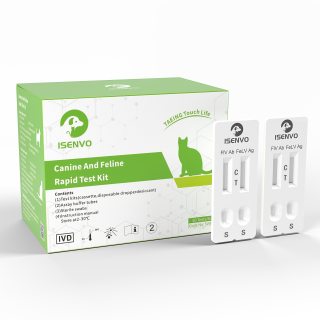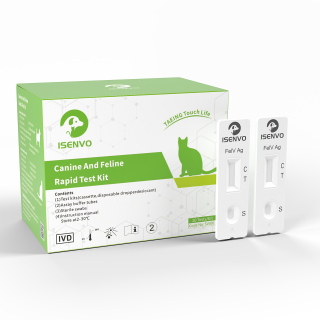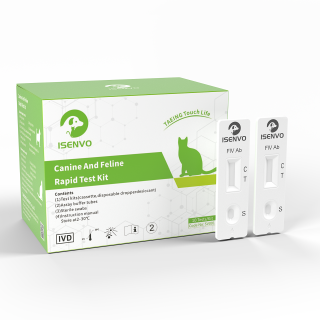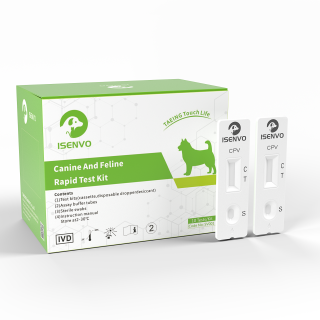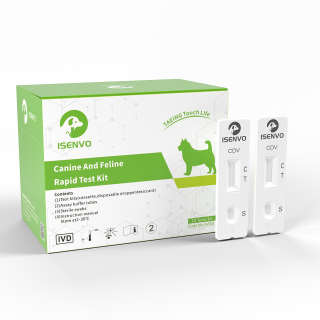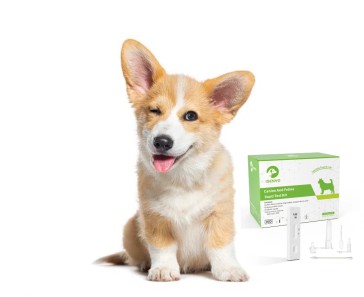Every responsible owner will deworm and vaccinate cats on time. Every cat is likely to be infected with parasitic diseases. Even cats that live indoors for a long time may be infected by parasites. As cat owners, we need to understand more about what kind of parasites there are and the harm they cause to cats so that we can take better care of our cats.

1. Feline toxoplasmosis:
Feline toxoplasmosis is a parasitic disease caused by the protozoan Toxoplasma. Many animals and humans can also be infected with this disease. The disease is widely distributed throughout the world. The average infection rate in many countries is 25%~50%, which is extremely harmful to human health. Pregnant women infected with Toxoplasma can cause congenital malformations, defects, diseases or death of the fetus, cause miscarriage, premature birth or increase pregnancy complications in pregnant women, and is an important parasitic disease in medicine.
2. Ascariasis:
Ascariasis is a parasitic disease caused by Ascaris lumbricoides that affects humans, animals and zoos. Clinically, the main feature is the slow growth and development of young cats, often manifested as Ascaris pneumonia. Generally, cats, dogs and other animals are infected by eating food containing infectious eggs, or by sucking colostrum. If the infective eggs are ingested by transfer hosts such as earthworms, cockroaches, birds, mice and other animals, the larvae form cysts in the tissues and do not develop. Cats are infected by eating the transfer hosts. Dogs, cats and other animals are free and defecate everywhere. When the environment is suitable, the eggs will develop into infective eggs, which are very easy to infect healthy dogs and cats. This disease can cause the death of cats.
3. Alveolar wing nematode disease:
Alveolar wing nematode disease is a parasitic disease of dogs and cats caused by Alveolar wing nematodes. Clinically, vomiting and tarry feces are the main symptoms. It parasitizes in the intestines. Host animals include dogs, cats, pigs and other carnivorous animals. The intermediate hosts are mainly arthropods such as cockroaches, crickets and beetles. It is unclear whether there is a second intermediate host. Cats, dogs and other animals are mainly infected orally.
4. Pulmonary capillariasis:
Pulmonary capillariasis is a parasitic disease of dogs and cats caused by Pulmonary capillariasis. Clinically, respiratory diseases are the main ones. Parasitic on the bronchi and trachea of dogs and cats.
5. Hookworm disease:
Hookworm disease is more harmful to cats. Generally speaking, there are four types of hookworms that are infectious to cats, and the most common ones are cat hookworms and dog hookworms. Infection routes include: oral infection by eating infectious larvae or intermediate vectors such as mice. Infectious larvae can directly penetrate the skin and pores without scars and enter the body through skin infection. Hookworms infected through the placenta migrate in the mother cat's body to infect kittens in the uterus, or kittens are infected by eating contaminated breast milk after birth.
6. Tapeworm disease:
Tapeworms are a very common internal parasite of cats. The worm body is ribbon-shaped, consisting of a head segment, a neck, and many body segments. Some species have only one body segment, while some species have dozens, hundreds, or even more body segments. Tapeworms live a parasitic life. Their adults generally parasitize in the intestines of various animals, and rarely in the stomach, liver, bile duct, and body cavity.
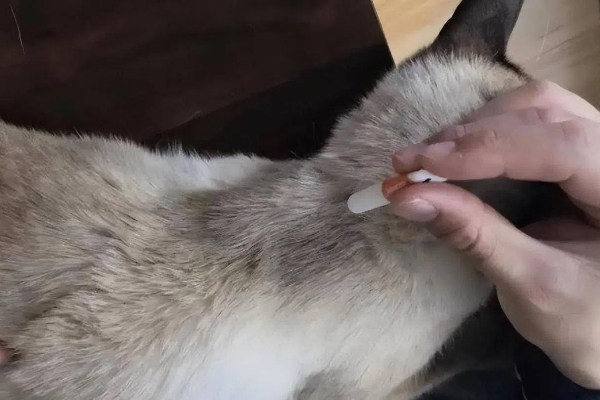
There are so many and so complicated parasites, but in fact, they can all be basically dealt with with just a simple anthelmintic pill. So even if the cat is suffering from parasites, the owner should not panic. As long as the deworming is done on time, there will generally be no big problem.




